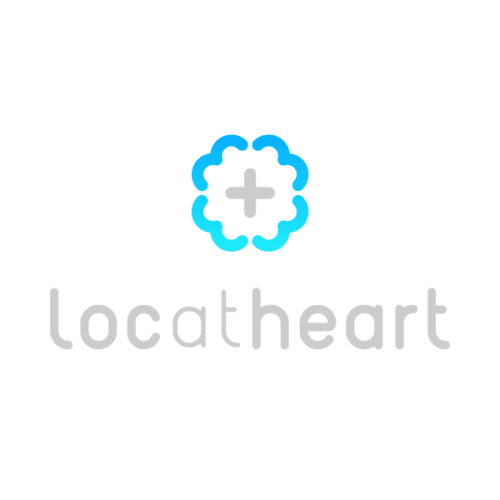Behind every successful localisation project are high-quality source materials, skilled linguists responsible for top-notch translations, and goal-focused coordinators who oversee all processes from start to finish. You’ve got the first thing covered – we’re here to help you with everything else.
Running a few multilingual projects at once can be overwhelming – there are hundreds of files to send out to the right people, a bunch of deadlines to meet, and a whole lot of people to please. What if we told you that you only have to worry about sending one email?
Our goal is to take all localisation-related worries off your shoulders so that you can focus on what’s important. All you have to do is send us the files you want to have localised and let us handle the rest. When working with us, you get a dedicated team of project managers who will not only make sure that your game is translated, reviewed and proofread by the most skilled linguists in the industry, but also guarantee compliance with your glossaries, translation memories and style guides (and if you don’t have those, fret not – we can create them for you from scratch!). We work with tried and trusted linguists from all around the world and use professional CAT and terminology management tools to ensure the best possible localisation and cross-file consistency.
Quality is never something to compromise on. Want your game to make a lasting impression and win over millions of players worldwide? Let’s talk.

Whether you want to localise a standalone production or a mobile game that’s updated several times a week, we’re here to help you win over millions of new players worldwide.
With almost 350 projects localised into 30+ languages, it’s safe to say we’re true experts in the field of localisation. We translate everything from in-game story elements to user interface and marketing materials. Fun and idiomatic dialogues, understandable quest descriptions and tutorials, length-restricted UI elements – you name it and we’ve probably done it.

Our localisation team works closely with game devs and trusted linguists to ensure a unique gaming experience and deliver new language versions that are just as good as the original one. We work with our clients’ glossaries, translation memories and style guides – or create them from scratch if needed – and always localise content based on their expectations in regards to the tone of voice or inclusive language.
We know that when it comes to game localization, context is everything. That’s precisely why we always provide our translators, reviewers and proofreaders with all the necessary reference materials to help them create the best possible content and rely on query sheets to resolve any doubts they might have. Over the past few years, we’ve managed to establish a close relationship with hundreds of professional translators who specialise in game localisation – by working only with tried and trusted linguists who are also native speakers of the language they’re translating the game into, we’re able to provide our clients with well-localised content that is sure to make a lasting impression on any player – regardless of where they come from.

Before we send the final product back to you, we need to do one last quality check. That’s what the linguistic quality assurance (LQA) step is for. Professional reviewers and native proofreaders look for potential spelling, grammar and punctuation mistakes, check whether the localised version is compliant with the glossaries and style guides, and look for any other type of potential issues that may cause developers problems and affect the game’s release negatively, such as:
- – truncated characters,
- – strings over the character limit,
- – incorrect numeric formats,
- – misuse of region-specific vocabulary,
- – inconsistent terminology,
- – potential missing diacritics,
- – and other possible issues!
For certain projects – board/card games, product brochures, marketing materials, etc. – the very last step of the TEP process is linguistic sing-off – or LSO for short. After the graphic designer has replaced the original language version with the localised content (or created a completely new project using it), a native speaker reviews the final product and makes sure that it’s good for print.
They carefully check whether or not the layout disrupts readability, e.g. if the phrases have been incorrectly split; proofread the text to make sure it’s not missing any diacritics, and double-check all the graphic elements, among other things.
In an effort to save time and money, some companies tend to skip these final steps. However, it’s vital that these tasks be performed while changes can still be made easily and cost-free. We always do our best to plan ahead so that you don’t have to worry about potential delays. Choose us as your trusted partner to optimise the processes and never compromise on quality again.
